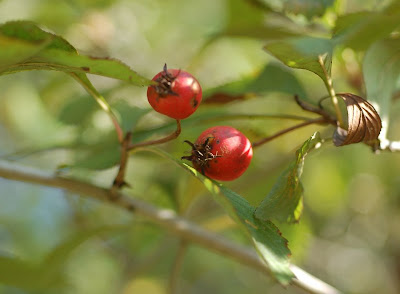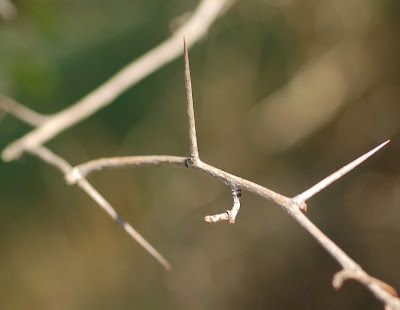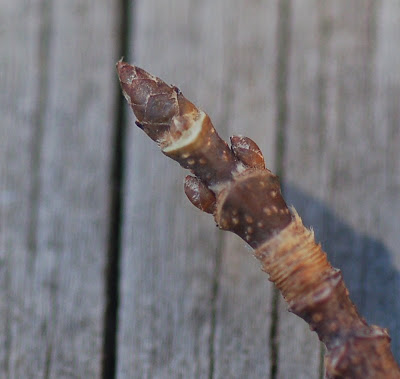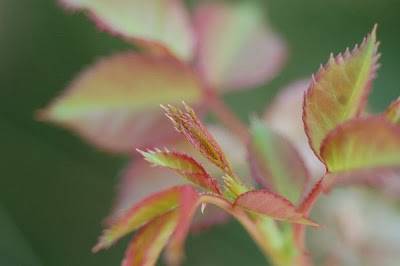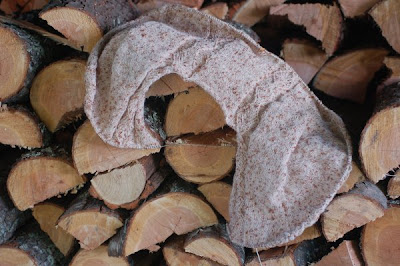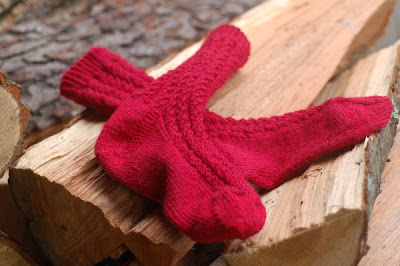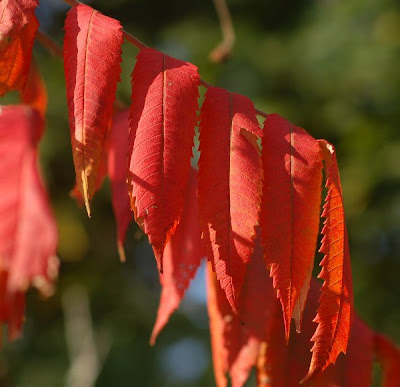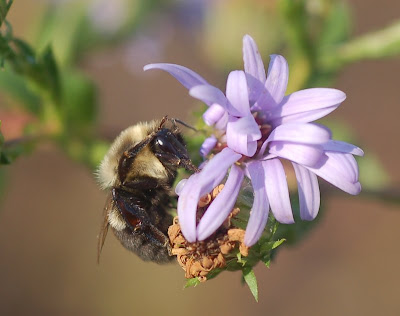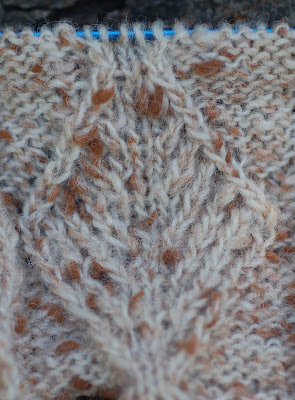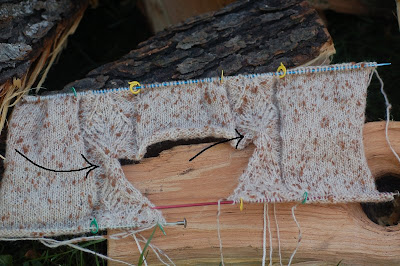I like to celebrate Halloween with Pocahontas County stories of the supernatural. I've posted my favorite ghost stories at Haunted Pocahontas County, but I've never before ventured into local accounts of witches, witchcraft, and the Devil. "The Hammons Family: Traditions of a West Virginia Family and Friends" (1973) published several stories from the old days, and "Marcum and the Yankee" is especially interesting. I've edited the transcript of Burl Hammons' recorded story to make it easier to follow. When you listen to Burl tell the story, it's plain as day who said what, but the Library of Congress folks dutifully transcribed every "ah," and "he said," making it almost unreadable. They make up for this lapse by providing some interesting commentary on the prevalence of male witches, guns, and supernatural hunting powers in Allegheny folk culture.

There was...a feller by the name of Marcum, and they was a Yankee there,...they didn't know where he'd come from....this feller got talking about building a mill, you know, a grist mill, and he...got this stranger to build his mill for him, he told him he'd just hire him to build the mill for him. And he went to work at the mill.
And it--it kindly got scarce, you know, directly, meat, you know, they killed the bigger part of their meat, and so...this feller said to Marcum, "Why don't you get out" he said..."and kill us a deer?"
"Well," Marcum said, that's kindy hard," he said....And Marcum went out and hunted that day and he never killed nary none.
"Why," he said, "if you've seen any sign," he said, "I can kill a deer."
"Well," Marcum said, "there's plenty of sign." he said. "I just didn't happen to see ary one."
And the Yankee said, "Well, I'll go with you in the morning."
And...they took out, and didn't go but a little piece till here'd went a deer...."Oh," Marcum said, "it ain't no use to track that deer, follow after that deer, just no telling how far it is," he said, "it's no use to follow after it."
And he said--told Marcum, the Yankee did, he said, "Just get up there, and sit down."
....And Marcum just sat down, just setting there, and he [the Yankee] got right down over the track, and he said, "Don't you speak," he told him, he said, "Don't you speak," he said. And Marcum said he just set there a little while, he said he thought that was one of the biggest, craziest men setting there over that deer track. And he set there right smart while...And after a while he...heard somthing a-coming the way the deer'd went, he...heard something a-coming. And...directly he saw that deer a-coming, he said it was just a-coming, and...its hair was all buzzed up and its tongue was out of its mouth, he said, that far, just like it had run to death. And...the deer just come up about 20 steps to hem, and [the Yankee] said, "Well, all right now, kill it."
And Marcum just took the gun and killed it. "And how--," he said, "now," he said, "I can't eat a bite of that deer myself, you can eat all you want," he said, "I won't eat a bite of it."
Well," [the Yankee] said, "I don't know why....That deer's just as good as any deer."

"Well," [Marcum] said..."if you'll tell me how you done that," he said, "I'll just give you anything I ever seen....just give you anything if you'll just tell me...."
"Now," [the Yankee] said...I don't want n' anything. But," he said, "it wouldn't be no use for me to tell you because, " he said, "you wouldn't do it if I'd tell you."
"Oh yes," [Marcum] said, I will," and he just kept on....
"Besides, if I'd tell you," he said, "you'd aim to kill me, and," he said, "that you'll not do; I can tell you before it."
"No I wouldn't," he said, "besides, a friend like you...." Then he just kept on....
"All right," [the Yankee] said, 'I'll tell you....You go up on that high mountain, and...when you see the sun...a-gettin' up of a morn, just as it's hit the hill," he said, "you shoot at that sunball, nine mornings. And," he said, "the ninth morning there'll be a drop of blood on your gun barrel. And," he said, "you take a little piece of paper and...cut a little place on your arm, and write it on it how long you want to be sold to the devil and give it to him when he comes to get it."
"All right," [Marcum] said, he'd do that.
And he'd go ever morning up there and--the ninth morning, when he shot that time, he said he looked onto the gun barrel and there was a drop of blood. And he just cut a little place on his arm and writ I think it was a year, uh, he wanted....And he said the gun never quit roaring; he said the gun never quit roaring, he said it just kept on roaring, he said the longer the worse, and the longer the worse, and after a while he said the whole earth just seemed like it got to jarring with him just up and down. And he said directly he looked a-coming through the treetops, and he said there come some kind of a thing that they was balls of fire coming out of its mouth. And he just dropped and away he went to the house and told 'em what he'd seen and all about this. He told them all about it and he said, "I'm a-going down to kill the Yankee just as quick as I can go down. Man telling me such stuff as that, I'm a-going down to kill him." They tried to beg him not to go. "Yes sir, I'm a-going down," he said, "to kill the Yankee."
And he just took his gun and started down where he was a-working on the mill and the Yankee seen him a-coming. He knowed just exactly what he'd done.
"Well," he said, I've come to kill you."
He said, "Just as I expected. But," he said, you ain't' a-yet." And...the Yankee just picked up his gun, and just took and shot him, and they said that Marcum just jumped up and just crowed like a rooster and just fell over dead. The Yankee just quit and they never did hear tell of him no more, he just quit right there and...went right on. They was no way they could get trace of him.











